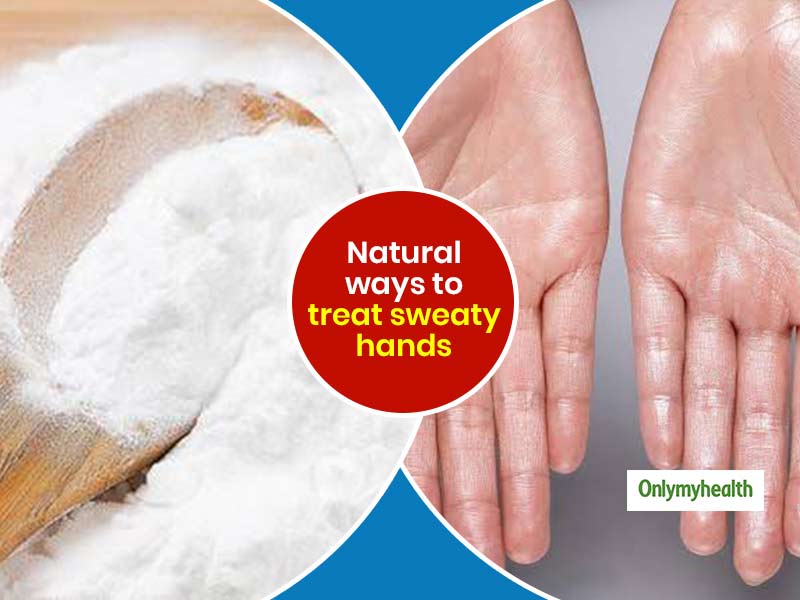Unveiling the Complexities of Excessive Sweating: A Comprehensive Overview to Diagnosis and Monitoring
Excessive sweating, medically called hyperhidrosis, is a condition that affects a considerable variety of individuals and can have a profound effect on their top quality of life. While sweating is a natural bodily function, its overactivity in hyperhidrosis provides an unique collection of obstacles that typically exceed mere discomfort. Recognizing the underlying causes, acknowledging the signs, and browsing the analysis procedure for hyperhidrosis can be elaborate tasks. In this detailed overview, we will discover the complexities of hyperhidrosis, from its diagnosis to the range of treatment choices readily available, clarifying effective management techniques for those coming to grips with this problem.

Understanding Hyperhidrosis Causes
Hyperhidrosis creates can be associated to various variables such as genes, hormonal inequalities, and certain medical problems. Genes play a significant function in key focal hyperhidrosis, where individuals inherit the problem from their household members. By determining the specific elements adding to too much sweating, health care providers can tailor treatment strategies to resolve the underlying cause, providing alleviation and boosting the top quality of life for individuals affected by hyperhidrosis.
Acknowledging Hyperhidrosis Manifestations

In addition, hyperhidrosis symptoms may materialize in social and emotional distress, as people might feel ashamed or anxious about their sweating, bring about evasion of social circumstances (Treatment for hyperhydrosis of hands). Furthermore, repeated episodes of too much sweating can cause skin maceration, fungal infections, and a general decrease in self-worth
Diagnostic Process for Hyperhidrosis
Initiating the diagnostic process for too much sweating involves thorough analysis of the individual's medical background and physical exam. Asking concerning the beginning, period, and activates of sweating episodes is essential to differentiate between key focal hyperhidrosis and additional generalised hyperhidrosis. Case history should additionally include concerns concerning medicines, clinical conditions, and household background of hyperhidrosis.
During the checkup, particular interest is paid to the locations affected by sweating. The doctor might assess the degree of sweating, look for indicators of underlying conditions, and examine the influence of sweating on the individual's lifestyle. In addition, certain tests like the gravimetric examination, starch-iodine examination, or skin conductance measurements may be carried out to evaluate the quantity of sweat produced.
Furthermore, in cases where secondary hyperhidrosis is thought, extra tests such as blood tests, urine tests, and imaging studies may be recommended to identify the underlying reason for excessive sweating. The analysis procedure intends to properly establish the kind and reason for hyperhidrosis to lead ideal monitoring methods.
Treatment Options for Hyperhidrosis
When dealing with excessive sweating, various therapy alternatives are offered to minimize signs and improve the individual's top quality of life. The therapy technique for hyperhidrosis depends upon the seriousness of symptoms and the person's feedback to preliminary therapies.
Topical treatments, such as aluminum-based antiperspirants, are often advised as the very first line of defense for taking care of moderate instances of hyperhidrosis. These items work by connecting the sweat ducts, therefore minimizing the amount of sweat that gets to the skin's surface area. For individuals with much more severe signs and symptoms, oral medications like anticholinergics might be prescribed to help lower sweating. These medications can have side results and are not appropriate for everyone.

Effective Monitoring Strategies
To efficiently handle hyperhidrosis, a individualized and comprehensive treatment strategy customized to the person's specific needs and response to previous therapies is important. This plan might integrate a mix of healing strategies, consisting of way of life adjustments, topical treatments, dental medications, botulinum toxin shots, iontophoresis, and in extreme situations, surgical interventions like sweat gland removal or sympathectomy. Lifestyle modifications such as putting on moisture-wicking garments, utilizing antiperspirants, and practicing stress-reducing methods can complement clinical treatments. Topical antiperspirants consisting of aluminum chloride are often the first-line therapy, with why not look here more powerful formulas available for immune situations. Oral drugs like anticholinergics might be recommended for generalized hyperhidrosis. Botulinum contaminant shots are effective for focal hyperhidrosis, providing short-lived relief by obstructing the release of acetylcholine. Iontophoresis, involving using a low electric existing to reduce sweat gland task, can be valuable for both palmoplantar and axillary hyperhidrosis. Surgical options are normally scheduled for extreme, refractory situations and need careful consideration of threats and benefits. A multidisciplinary strategy entailing skin doctors, medical care physicians, and, if necessary, surgeons, can optimize the management of hyperhidrosis.
Conclusion
To conclude, hyperhidrosis is a problem identified by extreme sweating, which can greatly influence an individual's lifestyle. By comprehending the reasons, identifying the signs and symptoms, and going through the analysis process, medical care providers can effectively handle this condition. Treatment options consist of topical drugs, dental medications, shots, and even procedures in extreme situations. With correct medical diagnosis and administration techniques, Learn More people suffering from hyperhidrosis can find alleviation and boost their overall health.
Too much sweating, medically understood as hyperhidrosis, is a condition that influences a significant number of individuals and can have a profound influence on view it their top quality of life. By determining the particular variables contributing to extreme sweating, health care service providers can tailor therapy plans to deal with the underlying reason, using relief and improving the top quality of life for people impacted by hyperhidrosis.
Hyperhidrosis, defined by extreme sweating beyond what is essential for regulating body temperature level, can considerably affect a person's quality of life. Asking about the onset, duration, and sets off of sweating episodes is essential to set apart in between key focal hyperhidrosis and second generalized hyperhidrosis. Sweaty hands treatment.In conclusion, hyperhidrosis is a condition defined by extreme sweating, which can greatly influence an individual's high quality of life
Comments on “Comprehensive Overview to Sweaty Hands Treatment: Proven Dermatology Strategies”